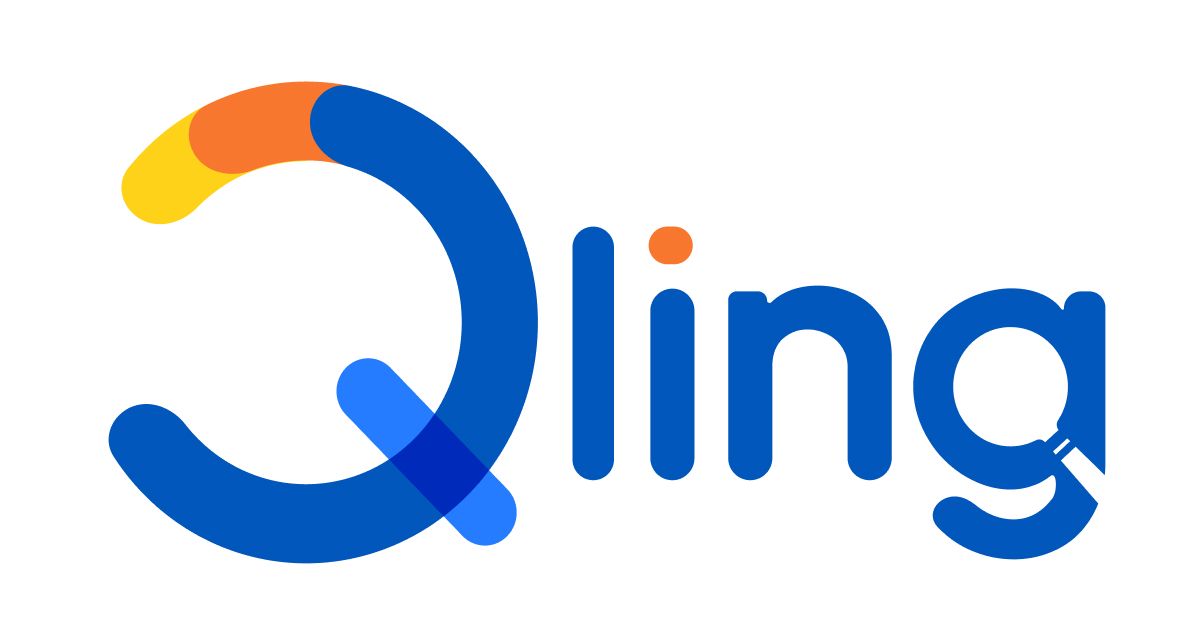Is being confident hindering your success?
Categories: : The Learning Insights

Key Takeaways
- Misplaced confidence with a flawed understanding of concepts can derail learning
- Our Capability and Confidence assessment pinpoints areas where the understanding is incorrect, yet confidence is high
- By using data smartly, we can build in quick acceptance for the areas that need more attention
Confidence is a wonderful feeling. It is the foundation for success, and a self-fulfilling prophecy. It energizes you and motivates you. Confidence provides you a platform to do better in every aspect of your life.
Confidence based on a correct understanding of fundamentals and principles helps you achieve success. However, misplaced confidence with a flawed understanding of concepts and fundamentals can have the opposite effect.
Confidence is the trigger and the barrier to success
Any professional, entrepreneur, or student keen on making an impact must continuously learn and get better at what they do. I work with many young people who invest in learning so that they can excel at work.
Over the years, I have observed a common factor that compromises their learning and, therefore, their success. That factor is their confidence.
Misplaced confidence with a flawed understanding of concepts can derail learning
It is not the lack of confidence but the presence that may impede learning and, therefore, success
It may be hard to believe, but it is confidence that may affect the ability to learn. Sometimes learners are confident about their ability in a particular area. However, what they don't realize is that their understanding of concepts in that area may be incorrect.
As they sit down to learn more in that area, they try to build their understanding based on these incorrect concepts. Many of them switch off when a topic that they are confident in is being discussed, thus missing out on an opportunity to correct their understanding.
What can you do to fix this?
It's difficult to get someone to reflect on potential flaws in understanding, especially in areas they are confident about. After plenty of reflection and refinement over several months, we at Qling have developed a solution.
This solution has proved extremely effective in multiple capability development initiatives that we have delivered over the last several months.
Our Capability and Confidence assessment pinpoints areas where the understanding is incorrect, yet confidence is high
Understanding the solution
At the start of an initiative, we administer our Capability and Confidence Assessment. Here, we measure the current understanding and confidence levels. This helps us collect accurate feedback from participants.
Once we analyze their responses, we can go back to them and highlight areas where the understanding is incorrect, yet the confidence levels are high. Since the analysis is based on their own data, the acceptance is immediate, and participants display more openness to learning.
This approach helps us in getting them to move from misplaced confidence to curiosity. A state of curiosity is ideal for learning and understanding.
Click here, if you would like to read more about the assessment.
By using data smartly, we can build in quick acceptance for the areas that need more attention
Designing a more meaningful learning journey
In addition to getting the participants to acknowledge the gap areas, we are also able to create more meaningful learning journeys. To find out more about it, you can read our blog, creating more meaningful learning journeys.
So is confidence a bad thing now?
Absolutely no. Confidence is the foundation for success. However, misplaced confidence can be dangerous and needs to be addressed. It is difficult to challenge someone who is full of confidence, albeit on incorrect grounds. By using data smartly, you can help the other person acknowledge and start their journey towards self-development.
If you would like to know more about how we use this method, then please write to me at ankush.chopra@qling.net or set up a discussion with me by clicking here.
Related Blogs
Why you should measure confidence before training adults?
- Measuring the baseline understanding does not convey an accurate picture
- Our Capability and Confidence assessment helps in categorizing learners accurately
- You can create more meaningful learning journeys for each category of learners
Creating meaningful learning journeys
- Often, learning journeys do not address the needs of a learner
- To create a meaningful learning journey, you need to accurately know the starting point of a learner
- Our framework helps you determine the learning inputs you should provide to each category of learners
5 Steps to utilize your e-learning investment
- There has been a surge in the e-learning investments made by organizations
- However, L&D teams usually find it difficult to understand the contribution an e-learning platform makes in capability development of employees
- Follow our 5 step framework to maximize your e-learning investment
0px
Want updates? Let us know.
If you would liked to be notified when we release a new blog or have anything worthwhile to share, then please subscribe to our newsletter. We won't spam you. You can unsubscribe anytime.
I have read and agree to the terms & conditions.
 Ankush Chopra
Ankush Chopra 











